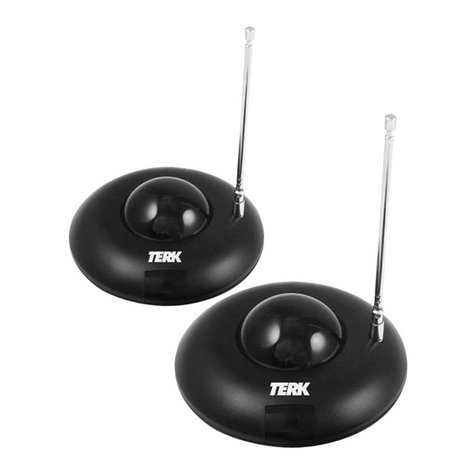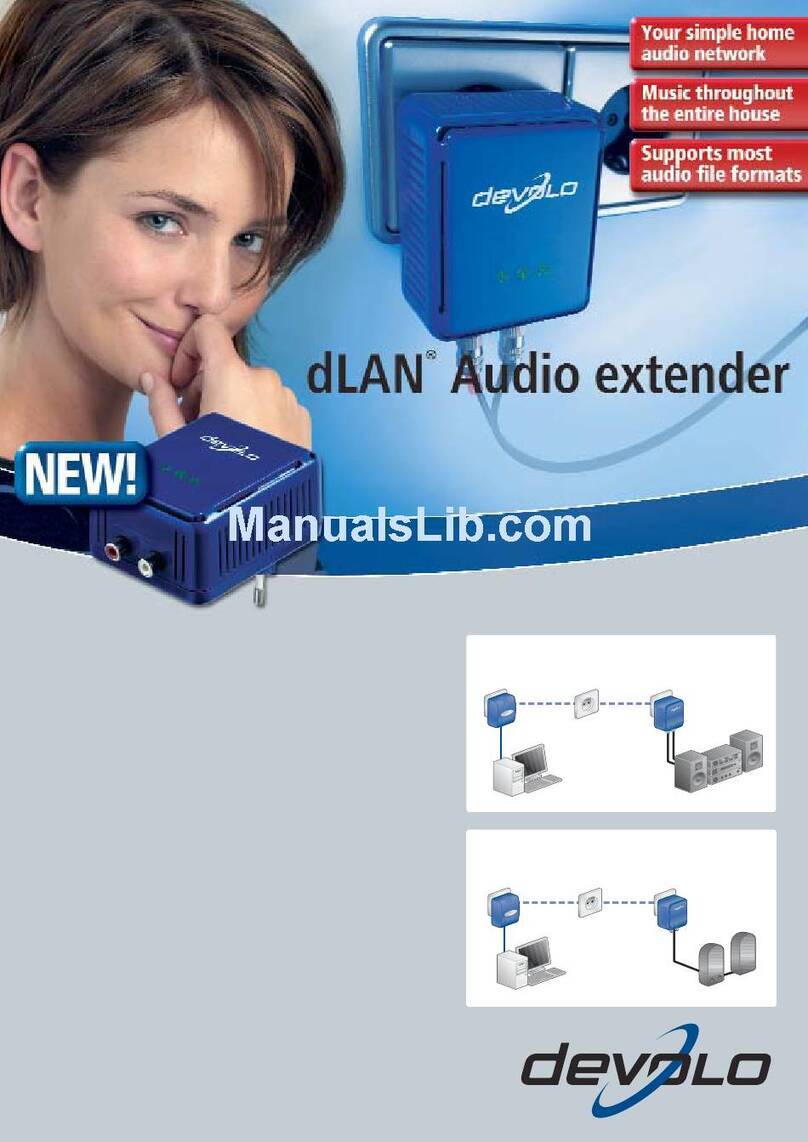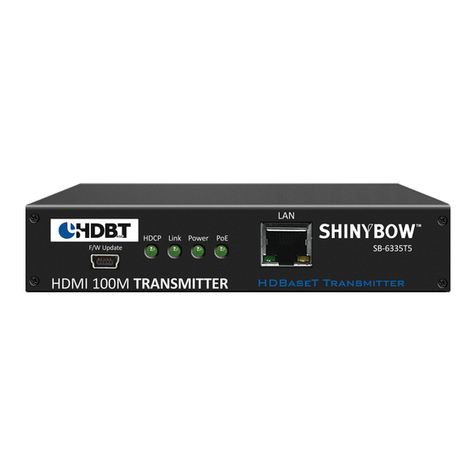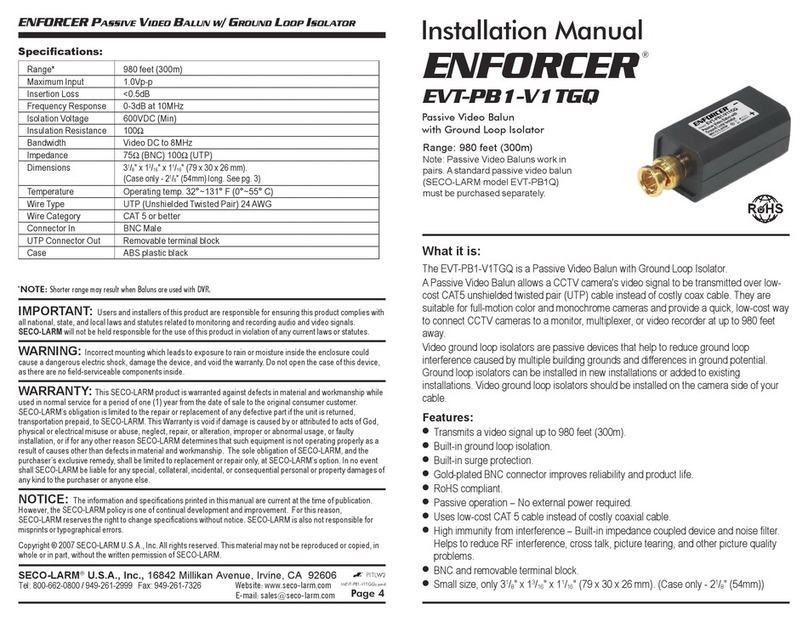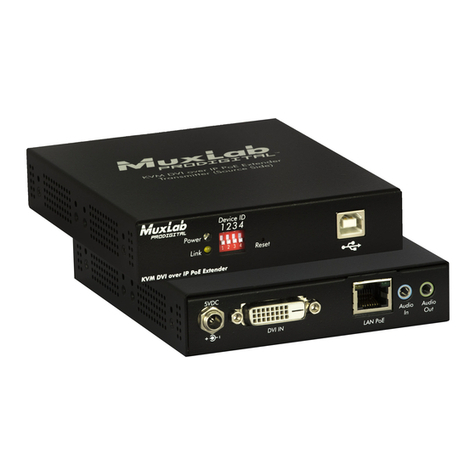
Table of Contents
2 / 36 0870206364_WV1200-2400A_Ex_-0004_IM_en
Table of Contents
1 Safety .......................................................................................................................................4
2 Product Description ..................................................................................................................5
2.1 Operating Principle .......................................................................................................... 6
2.2 Application....................................................................................................................... 6
2.3 Shaft Sealing Variants....................................................................................................... 6
2.3.1 Mechanical Seal..................................................................................................... 7
2.3.2 Lip Seals (Optional) ............................................................................................... 7
2.4 Accessories....................................................................................................................... 7
2.4.1 Resistance Thermometer ....................................................................................... 7
2.4.2 Active Bypass Valve...............................................................................................7
2.5 Explanation of ATEX Classification.................................................................................... 8
2.6 Safety concept ................................................................................................................. 8
2.6.1 ATEX Classifications and Associated Accessories .................................................... 9
2.6.2 P&ID "Piping and Instrumentation Diagram" ........................................................ 9
3 Transport ..................................................................................................................................10
4 Storage .....................................................................................................................................10
5 Installation................................................................................................................................11
5.1 Installation Conditions...................................................................................................... 11
5.2 Connecting Lines / Pipes .................................................................................................. 12
5.2.1 Gas Flow Variants.................................................................................................. 12
5.2.2 Suction Connection ............................................................................................... 12
5.2.3 Discharge Connection ........................................................................................... 13
5.2.4 Pneumatic Connection (with Active Bypass Valve only) ......................................... 13
5.3 Earth Connection ............................................................................................................. 14
5.4 Filling Oil.......................................................................................................................... 14
5.5 Fitting the Coupling ......................................................................................................... 16
5.6 Electrical Connection ........................................................................................................ 17
5.6.1 Wiring Diagram Three-Phase Motor...................................................................... 17
5.7 Electrical Connection of the Monitoring Devices............................................................... 19
5.7.1 Wiring Diagram Resistance Thermometer.............................................................. 19
5.7.2 Wiring Diagram Limit Switch ................................................................................. 20
5.8 Flowchart ......................................................................................................................... 22
6 Commissioning.........................................................................................................................23
6.1 Compression Chamber Flushing ....................................................................................... 24
7 Maintenance.............................................................................................................................25
7.1 Maintenance Schedule ..................................................................................................... 25
7.2 Oil Level Inspection.......................................................................................................... 26
7.3 Oil Colour Inspection ....................................................................................................... 26
7.4 Oil Change....................................................................................................................... 27
7.5 Coupling Maintenance ..................................................................................................... 30
7.6 Calibration Procedure of the Electrical Devices ................................................................. 30
7.6.1 Procedure A ..........................................................................................................30
7.6.2 Procedure I............................................................................................................30
8 Overhaul...................................................................................................................................31
9 Decommissioning.....................................................................................................................31
9.1 Dismantling and Disposal ................................................................................................. 31
10 Spare Parts................................................................................................................................32

